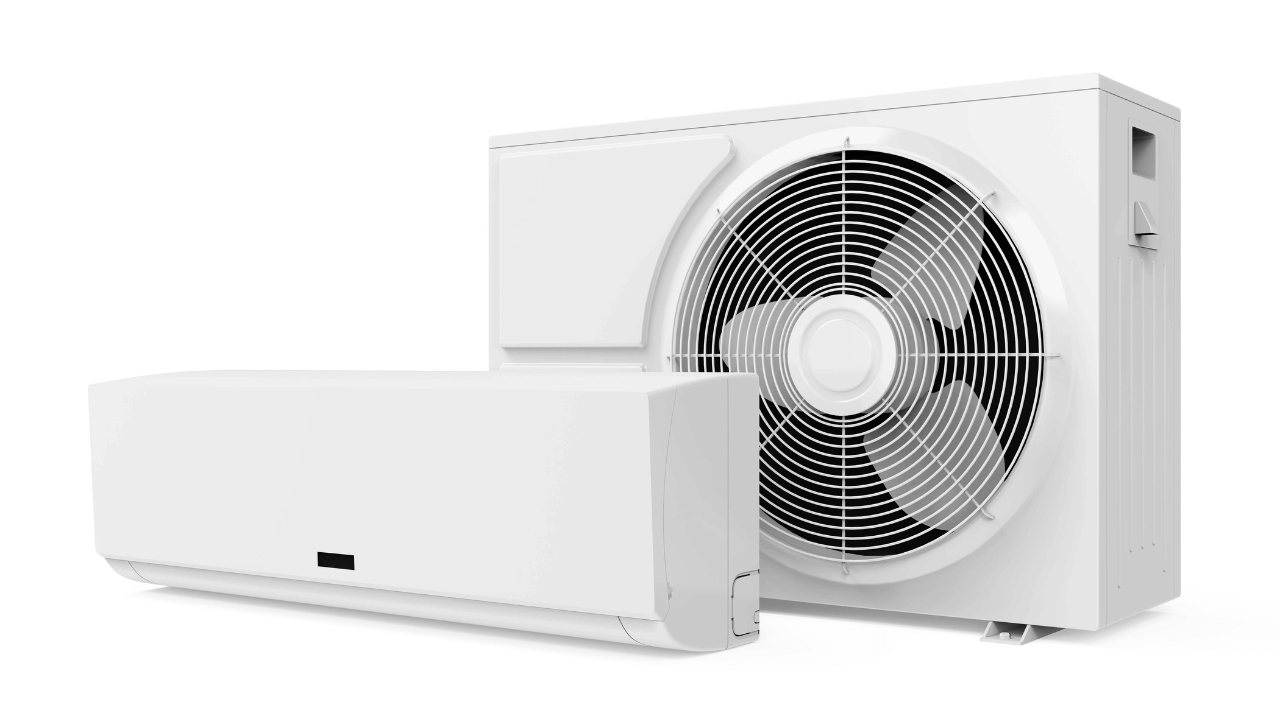Last Updated on September 17, 2023 by Pro Handyman Australia – Editorial Team
The quest for the perfect sanctuary of coolness, especially during the sweltering summer months, often begins with the search for the right air conditioner. As temperatures soar, so does the demand for efficient and reliable cooling systems. However, with a myriad of brands, types, and technical jargons flooding the market, making an informed decision can feel like navigating a maze. Welcome to our “Air Conditioner Buying Guide.” Whether you’re a first-time buyer or considering an upgrade, this guide aims to shed light on the crucial aspects of buying an air conditioner. From understanding your cooling needs to demystifying BTUs and energy ratings, we’ll walk you through the essentials, ensuring that you’re well-equipped to make a choice that promises comfort and cost-efficiency. Let the journey to a cooler, more comfortable living space begin!
Know the Air Conditioners
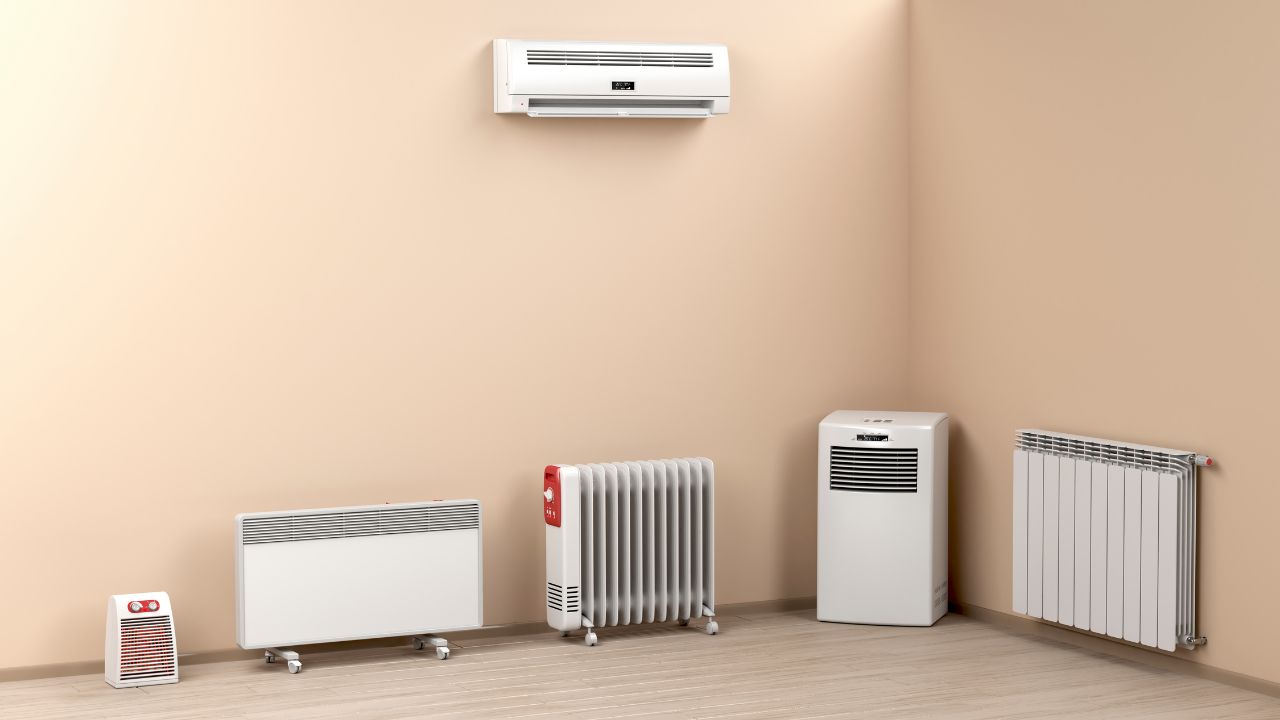
The Fundamentals of Air Conditioning
Before delving deeper, let’s first grasp the underlying principles of how air conditioners operate to create a cooler environment in our homes.
At its core, an air conditioner’s primary role is to draw in the room’s warm air. It then absorbs the heat and moisture from this air and ejects it outside. Consequently, the air recirculated back into the room is cooler and provides a more pleasant atmosphere. This cooling process hinges on a liquid known as the refrigerant, housed within coils. The refrigerant’s capability to shift between liquid and gas phases, akin to water evaporating under sunlight, allows it to absorb the room’s heat and transport it outdoors.
As this heat-laden refrigerant traverses outside, the air conditioner circulates the freshly cooled air back into the room with the aid of a fan. When the hot refrigerant gas arrives at the external unit, ambient air dissipates its heat. Subsequently, a compressor reconverts it into its liquid form, setting the stage for the cycle to recommence.
Deciphering Air Conditioner Varieties
Armed with the mechanics of air conditioning, the next step is discerning the type of air conditioner that suits your needs, along with the features you should prioritize.
Numerous air conditioner models abound, with some being more permanent installations than others, such as the ducted variants. It’s pivotal to acknowledge that irrespective of your choice, professional expertise is essential for setting up both the indoor and outdoor units.
To simplify your decision-making, here’s a brief overview of a prevalent type:
Single Split-System
The nomenclature “single split-system” stems from its configuration: one indoor and one outdoor unit. This model is a favored choice among homeowners due to its straightforward installation process, necessitating some pipework but eschewing any ductwork. The indoor and outdoor units are seamlessly connected via wires and discreet piping. Depending on the house’s design and the homeowner’s preference, the outdoor unit can be mounted on an exterior wall, positioned at ground level, or even situated on the roof.
Wall-Mounted Indoor Units
The wall-mounted indoor air conditioner unit boasts a slender and refined appearance, tailored to regulate the temperature in a specific room. It’s especially beneficial for those keen on augmenting comfort in frequently occupied areas. Its interior filter not only safeguards the air conditioner’s internal components but can also enhance indoor air quality, contingent on the type of filter in place. These units are equipped with louvers—sleek elements at the front of the unit that channel the air—which can either target a specific zone in the room or oscillate to distribute the air uniformly.
For those who prioritize hassle-free installation and a design that harmonizes seamlessly with room aesthetics, the split system emerges as the premier choice.
Multi-Split Systems
Often termed multi-zone air conditioning, the multi-split system is characterized by a single outdoor unit linked to multiple indoor ones. This air conditioning variant is tailor-made for residences where simultaneous climate control in distinct rooms is often required. For instance, consider a scenario where a family congregates in the living room while another member is engrossed in work in a home office; both areas would necessitate varying temperature and airflow settings. The multi-split configuration allows homes with constrained exterior space to host multiple indoor units connected to a solitary outdoor component. It’s particularly suitable for structures where ducted systems aren’t feasible, yet there’s a demand for cooling across several rooms. Furthermore, the system’s flexibility in placement, combined with a single external unit, makes it a fit for both individual homes and apartment complexes.
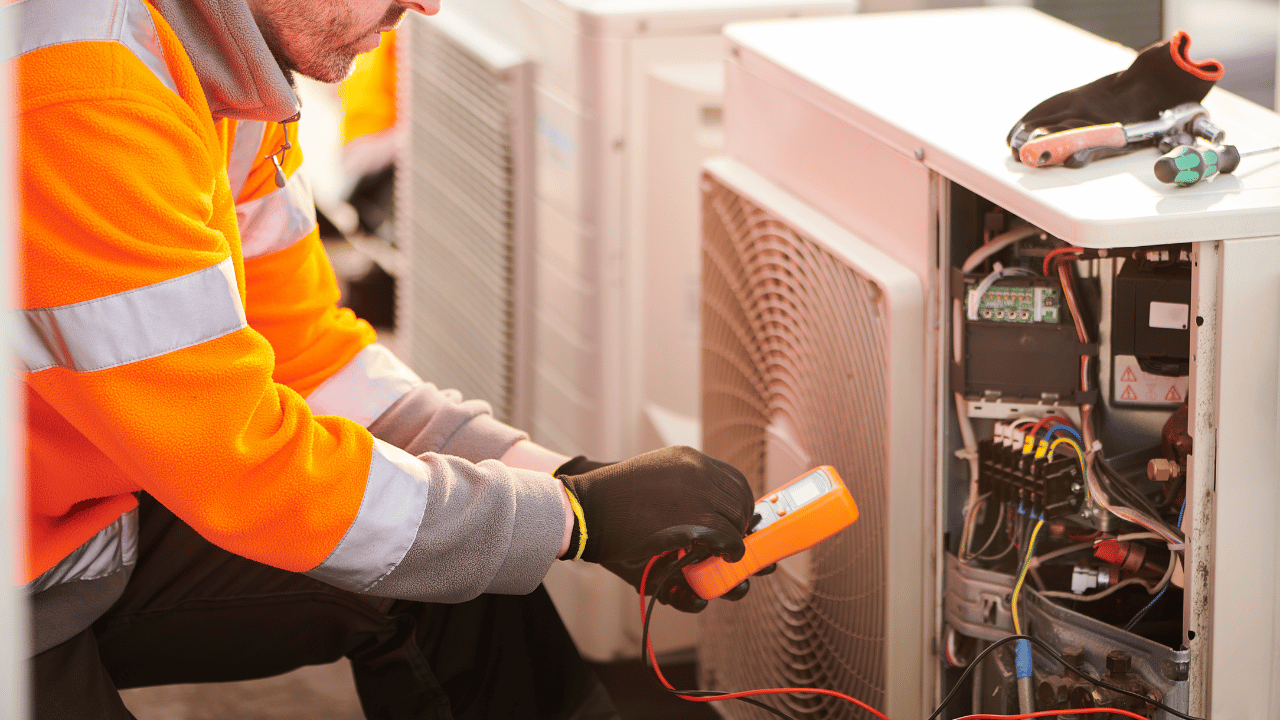
Cassette-Type Units
While cassette-type units might evoke images of commercial settings like offices or retail spaces, they are increasingly finding favor in residential settings, especially in expansive areas such as open kitchens or entertainment rooms. Unlike wall-mounted units, cassette types embed themselves in the ceiling, leaving only their vents exposed. They connect to an outdoor unit through slender piping, eliminating the need for bulky ductwork. The indoor unit boasts a potent fan with multiple outlets, ensuring versatile air distribution for optimal comfort. Its strategic ceiling position ensures faster cooling compared to some other models. Though not universally suitable due to ceiling space constraints, those homes compatible with this design will appreciate its discreet presence and uniform air distribution.
Ducted Air Conditioning
Ducted air conditioning is most suited for residences already equipped with ducts, newly constructed homes, or those who aspire for comprehensive climate control. This system’s inherent design, which entails ducts snaking through a building’s inner ceiling and walls, renders it unsuitable for certain settings, including compact apartments or structures with preservation restrictions. The visible absence of the indoor unit, concealed and directly connected to ductwork, sets this system apart. Air is propelled via a fan, journeying through the duct network and permeating various home spaces. A prime allure of ducted air conditioning is its inconspicuous integration with a room’s interior. It also offers the luxury of either universal or selective room conditioning, providing a tailored comfort experience.
Floor-Mounted Consoles
For those challenged by wall constraints or wall strength issues, floor-mounted consoles present a viable solution. Paired with an external unit, these consoles excel in both cooling and heating tasks. Their design, reminiscent of wall-mounted variants, employs adjustable louvers to steer the airflow, catering to the room’s requirements.
Understanding Your Air Conditioner Needs: A Comprehensive Guide

Determining the Right Size for Your Space
It’s imperative to start with understanding the size of your room. The cooling capacity of your air conditioner greatly influences not only the effectiveness of the cooling but also your energy bills. An air conditioner too small for the space will labor inefficiently to cool the room, while one that’s too powerful can lead to energy wastage and less effective humidity removal. To pinpoint the right size, measure the floor area of your room. In most scenarios, using a tape measure to calculate the area in square meters (sqm or m2) will suffice, as air conditioners typically reference this measurement.
Calculating the Necessary Cooling Capacity
The cooling capacity of an air conditioner is an indication of the amount of heat it can extract per hour. Typically, this is noted in British Thermal Units (BTU). However, in certain regions like the Philippines, it’s denoted in kilojoules/hour (kJ/hr). To estimate the cooling capacity, a general rule of thumb is to multiply the size of your room by 500. For instance, a 10 sqm room would necessitate an air conditioner with a cooling capacity of around 5,000 kJ/hr – a standard for most 0.5 HP window-type units.
Assessing Energy Efficiency with the EER Label
Air conditioners can be hefty on the pocket when it comes to energy consumption. That’s why energy efficiency becomes pivotal when shopping for a unit. The energy efficiency ratio (EER) is a quick reference to gauge a model’s efficiency. Displayed on the aircon’s energy guide label, a higher EER indicates that the model uses power more judiciously to provide cooling, resulting in reduced operational costs. This label is colloquially known by various names such as the EER Label or simply the Yellow Label.
Estimating the Electricity Cost
The EER gives an understanding of efficiency, but to gauge the operational cost, you need a deeper dive. Here’s a formula to help: (Daily Power Consumption/1000) x Hours of use x Power Rate = Daily Electricity Cost.

Inverter vs. Non-Inverter Air Conditioners
For those keen on optimizing energy costs, inverter air conditioner models should be on the radar. In essence, an inverter regulates the electrical current frequency directed to the aircon’s compressor. This nuanced control allows the compressor to run at varying speeds, thus optimizing energy consumption when full power isn’t required.
The Benefits of Investing in an Air Conditioner: More Than Just Cooling the Air
There’s a unanimous agreement that on sweltering summer days, an air conditioner can feel like a lifesaver. But the advantages of owning an air conditioner extend beyond just keeping you cool during hot days. From health benefits to increasing productivity, here are compelling reasons why investing in an air conditioner is a decision you won’t regret.

1. Comfort and Improved Sleep At its core, an air conditioner’s primary function is to create a comfortable living environment. Consistent temperatures make daily activities more enjoyable, and for those moments when you need a good night’s rest, a cooler environment promotes better sleep quality.
2. Enhances Air Quality Air conditioners come equipped with filters that purify the incoming air. This means allergens, dust, and other pollutants are significantly reduced, creating a healthier environment, especially for those with allergies or respiratory conditions.
3. Protects Your Gadgets Heat and electronics don’t mix well. From your computer to your fridge, excessive heat can reduce the lifespan of your devices and appliances. An air-conditioned environment ensures that your electronic gadgets don’t overheat, thus prolonging their functionality.
4. Increases Work Efficiency Ever tried working or studying in a scorching environment? It’s neither pleasant nor productive. Heat can make one feel fatigued and sluggish. A cooler room fosters a more conducive environment for work, study, or even household chores.
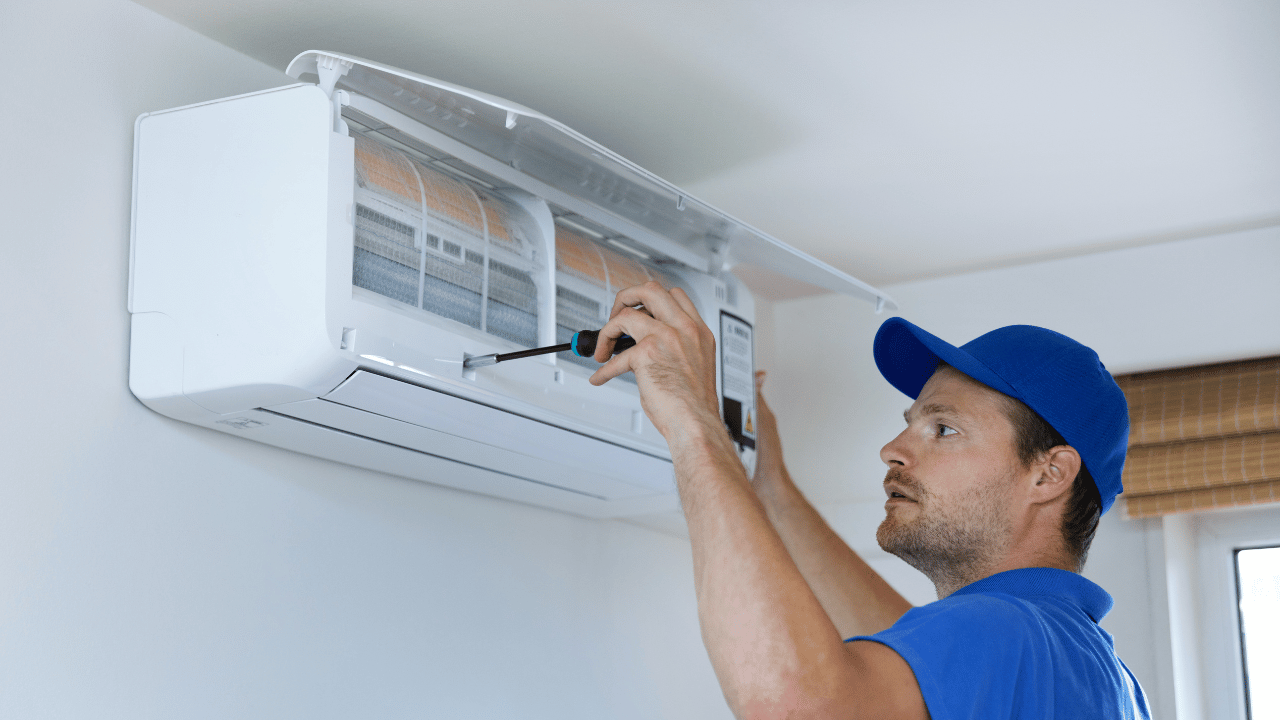
5. Protects Your Home Interiors Heat and humidity can damage furniture, especially if it’s made of wood. They can also cause wallpapers to peel off or damp patches on walls. An air conditioner regulates both temperature and humidity, ensuring the longevity of your home interiors.
6. Reduced Insects and Parasites Open windows, while great for ventilation, can also be an invitation for bugs. Air conditioners allow you to keep windows and doors closed, thus reducing the number of insects and parasites entering your home. This can be particularly beneficial for pet owners.
7. Improved Security With windows and doors mostly kept shut, it adds an extra layer of security. You can keep unwanted intruders out, be it bugs or potential burglars.
8. A Haven from Outdoor Pollution For those living in bustling cities, outdoor air pollution can be a significant concern. Keeping windows open might bring in fresh air, but it also introduces pollutants. An air conditioner lets you keep windows closed, ensuring the air within your house remains clean and free from harmful outdoor pollutants.
While the primary allure of an air conditioner is the promise of a cool refuge on a hot day, the benefits go far beyond that. From health advantages to protection for your home and belongings, an air conditioner is an investment that keeps on giving. Whether you’re looking for comfort, health, or efficiency, there’s no denying that an air conditioner is a worthy addition to any home.
Conclusion
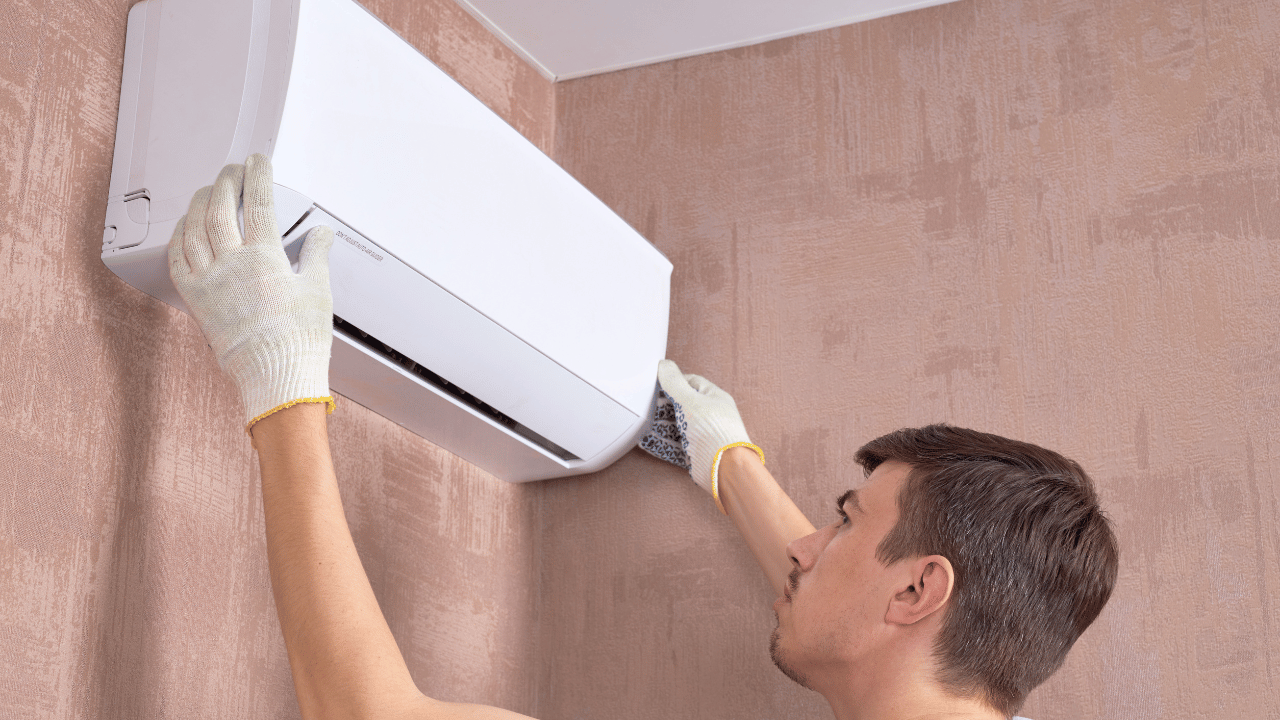
Investing in an air conditioner is not just about braving the summer heat but ensuring year-round comfort and well-being for your home or office. With the vast array of options available in today’s market, making the right choice can be daunting. However, by understanding the nuances of cooling capacities, energy efficiencies, and individual requirements, the task becomes more straightforward. Our “Air Conditioner Buying Guide” aimed to empower you with the knowledge and insights necessary to make this critical decision with confidence. As you consider your options, remember that the best air conditioner is one that meets your specific needs while ensuring sustainability and energy efficiency. Here’s to a future of cool, comfortable, and well-informed choices!
